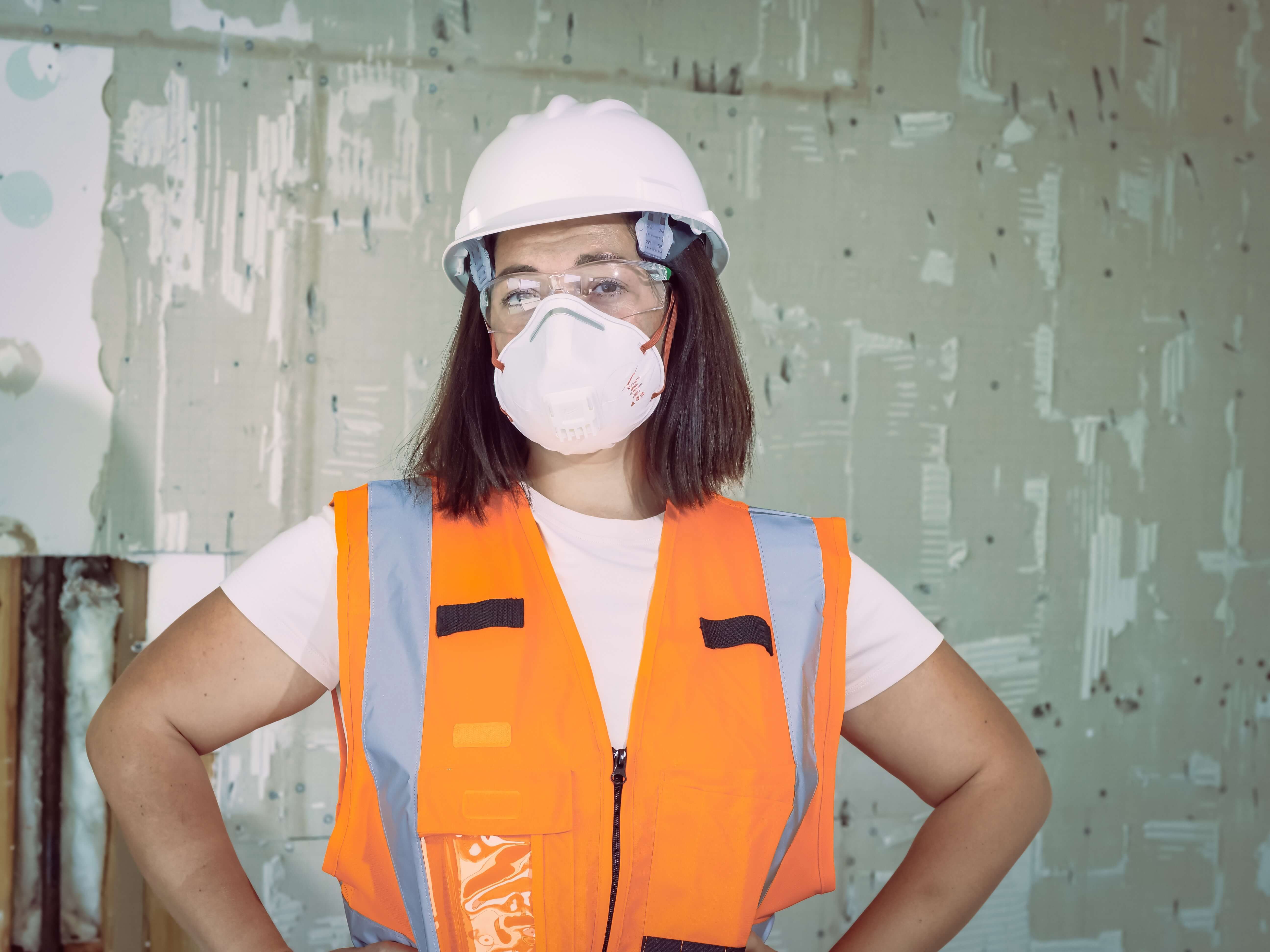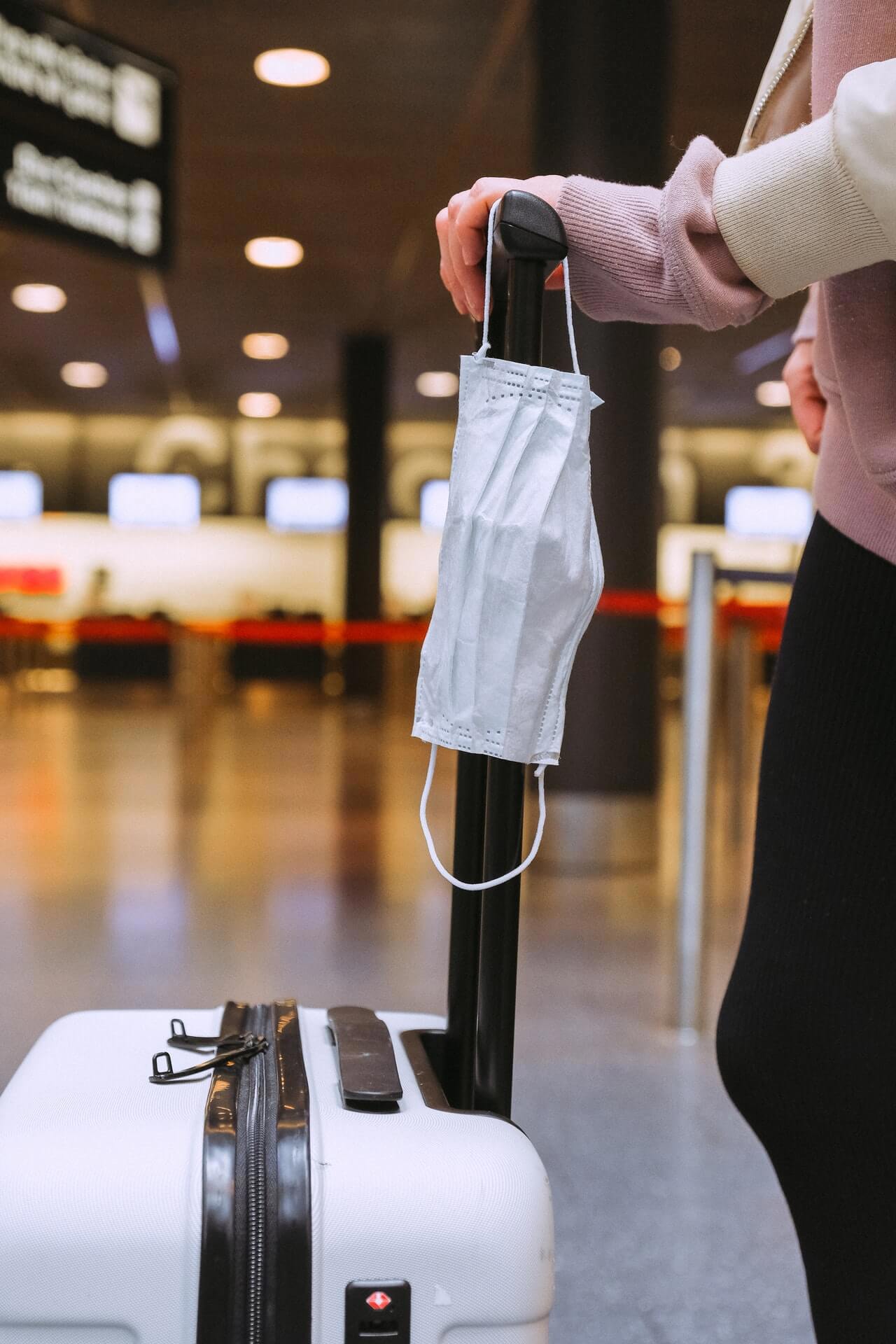
Let’s first think about the practical safety steps. The presence of these are not only a legal requirement in some cases, but a proactive approach will reassure employees and your customers that you’re taking their health and wellbeing seriously. Will you need employee health screening procedures? — such as monitoring the temperature of people coming into the office and their status of vaccination. For example, in New Zealand the government has mandated that people must be vaccinated in certain sectors — for example those in the education sector, health and disability sector and those involved in border control. Outside of the government guidelines, businesses can do their own assessment of whether vaccination is required should a risk assessment deem them to be essential.







